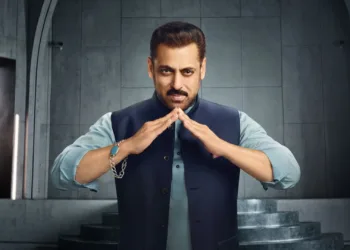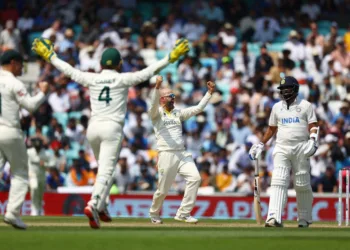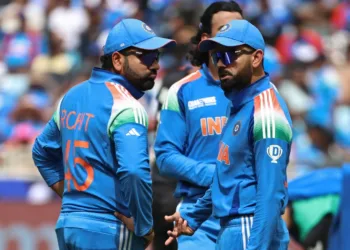Chhatrapati Shivaji Maharaj Jayanti 2025 marks the 395th birth anniversary of India’s legendary warrior king who was born on February 19, 1630. His legacy continues to inspire millions of people worldwide.
This remarkable founder of the Maratha Empire brought revolutionary changes to Indian military practices. Shivaji Maharaj’s innovative guerrilla warfare tactics and fort-building strategies proved groundbreaking. His establishment of Hindavi Swarajya (self-rule of the Hindavi people) stands as a testament to his vision. The administration he created championed religious tolerance and effective governance, which made him a visionary leader far beyond his era.
Millions of people celebrate Shivaji Jayanti on February 19 with grand processions and cultural events, especially in Maharashtra. His timeless principles of Swarajya, justice, and inclusivity resonate strongly even today. Shivaji Maharaj’s emphasis on Marathi and Sanskrit languages helped preserve cultural identity. These qualities have cemented his position as a symbol of exemplary leadership and courage in Indian history.
Table of Contents
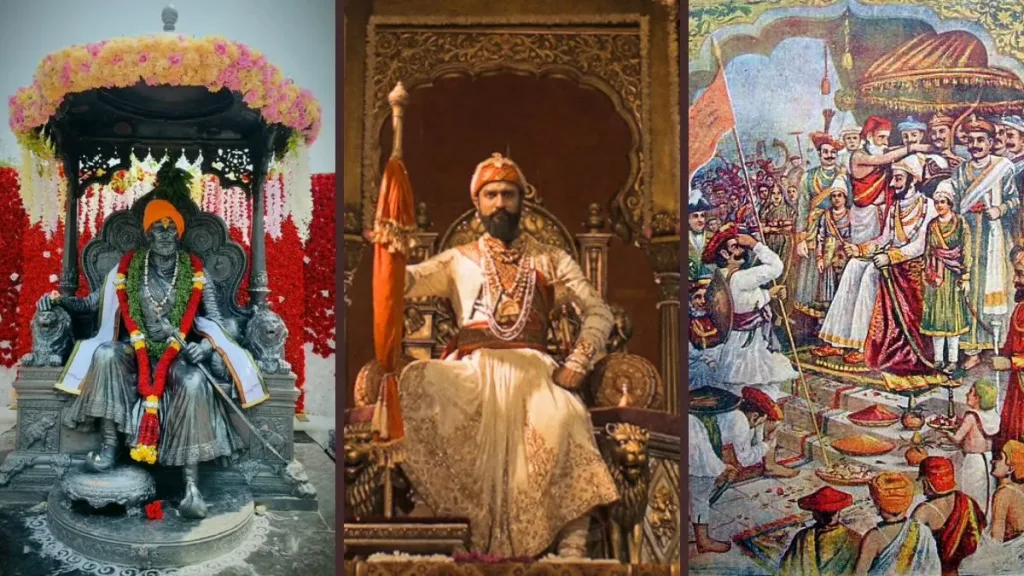
Early Life That Shaped a Legend
Chhatrapati Shivaji Maharaj’s legendary leadership began at the historic Shivneri Fort, where his mother Jijabai witnessed his birth. The fort, named after the local goddess Shivai Devi, became a symbol of his formative years.
Birth at Shivneri Fort
Shivaji’s birth at Shivneri marked the beginning of an extraordinary experience. His mother Jijabai stayed at the fort during her late pregnancy under the protection of 500 cavalry members.
Mother Jijabai’s influence
Jijabai, a noble from the Jadhav family born in 1598, became the life-blood of Shivaji’s character formation. She taught young Shivaji:
- Stories from Hindu scriptures and epics
- Principles of administration and governance
- Importance of protecting women’s rights
- Vision of establishing an independent Hindu kingdom
Jijabai showed exceptional administrative skills by managing her husband’s jagir effectively while teaching Shivaji to connect with common people. Regular readings of the Ramayana and Mahabharata helped her instill strong moral values in him.
Training under Dadoji Konddev
Shivaji’s military and administrative education started at age six under Dadoji Konddev. This skilled administrator and scholar trained Shivaji in various martial arts, including riding, swordsmanship, swimming, and spear-throwing. He built the Lal Mahal palace in Pune to ensure Shivaji received proper respect as a future leader.
Dadoji’s training covered more than combat skills. His complete teachings included lessons from Shukraniti, Chanakyaniti, and ancient Indian texts. These teachings, combined with his mother’s influence, helped Shivaji develop into a visionary leader who later established the mighty Maratha Empire.
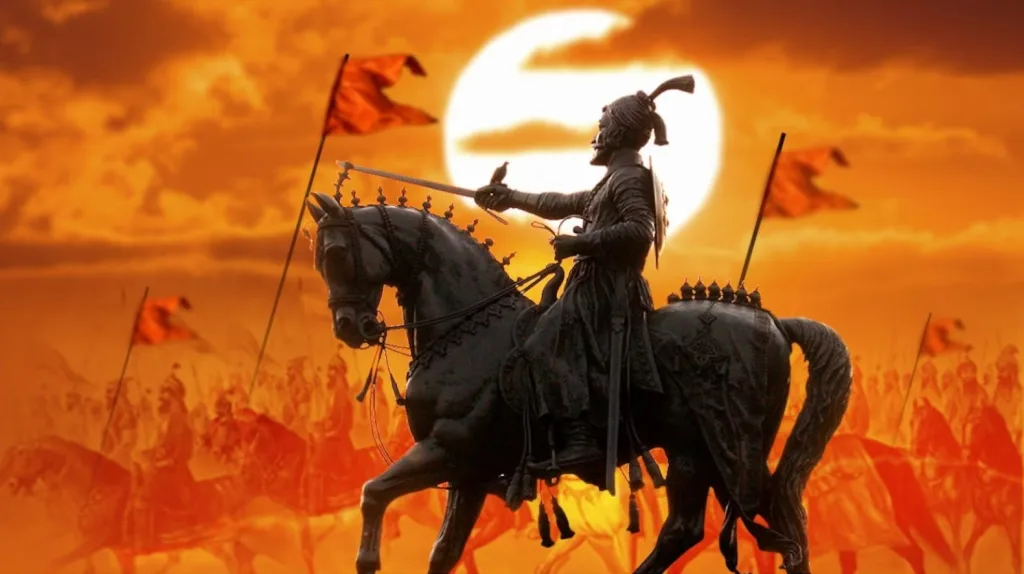
Rise of a Military Genius
“Do not think of the enemy as weak, but do not also overestimate their strength.” — Chhatrapati Shivaji Maharaj, Founder of the Maratha Empire and renowned Indian warrior king
Chhatrapati Shivaji Maharaj showed his military brilliance early in life, which became the foundation of his remarkable strategic legacy. At merely sixteen years old, he captured the Torna Fort in 1646. He took advantage of the political turmoil at the Bijapur court during Sultan Mohammed Adil Shah’s illness. This victory brought him valuable treasure and made him known as a powerful military commander.
First victory at age 16
After conquering Torna, Shivaji captured several vital forts near Pune, including Purandar, Kondhana, and Chakan. His strategic brilliance became clear as he used multiple approaches to grow his territory. He formed marriage alliances and worked directly with village Patils, which helped him bypass the traditional power structure.
Guerrilla warfare tactics
Shivaji became skilled at ‘Ganimi Kawa,’ a unique guerrilla warfare style that made Aurangzeb call him the “Mountain Rat”. His innovative military tactics included:
- Swift, surprise attacks followed by immediate retreats
- Strategic use of Sahyadri mountain terrain
- Small, agile units capable of independent operations
- Precise military intelligence through a network of 3,000 agents
Naval strategy development
Shivaji’s military vision reached way beyond land warfare. He started building ships in Kalyan and Bhiwandi in 1659 and built a fleet of 20 sangvisel. His first major naval campaign launched in February 1665 from Malvan with 85 frigates and three large ships. The raid on Basrur succeeded without any Portuguese resistance.
His detailed naval defense system included strategic forts along the Konkan coast. These fortifications served as safe harbors, supply depots, and operational strongholds that enhanced maritime capabilities. People remember him as the ‘Father of the Indian Navy’ because he protected vital trade routes and propelled development through his innovative approach.
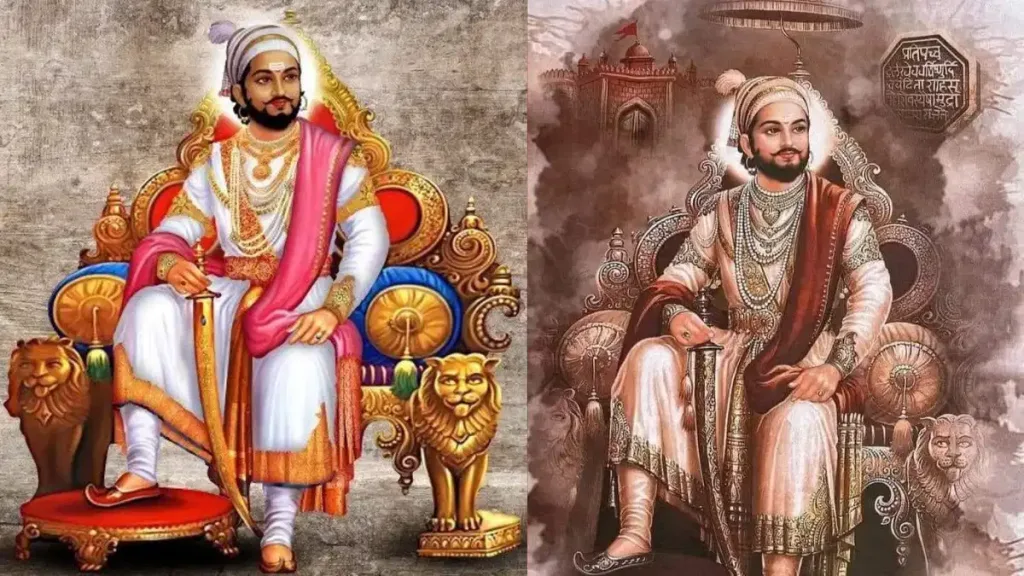
Building the Maratha Empire
The Maratha Empire built its foundation on Chhatrapati Shivaji Maharaj’s strategic vision of territorial expansion and fortification.
Conquering key territories
The Maratha Empire grew impressively from Peshawar in the north to Thanjavur in the south by 1758. Their expansion started with capturing strategic territories in the Deccan region. They took control of Malwa and Gujarat in the 1720s and established their dominance through well-planned territorial acquisitions.
The empire drew its strength from a robust revenue system, which included the right to collect chauth – a 25% land revenue tribute from landlords. This financial strength powered their military campaigns and helped maintain their forts.
Fort system creation
Shivaji’s revolutionary fort system became the life-blood of his empire-building strategy. When he died, the empire controlled approximately 240-280 forts. Each fort served as both a military stronghold and administrative center. These fortifications had several key features:
- Double-line fortification systems
- Multiple entry and exit points for tactical advantage
- Massive water tanks that served hundreds of soldiers
- Large granaries to store long-term supplies
The fort administration showed remarkable foresight. Each fort had three officers of equal rank. This system prevented betrayal through careful checks and balances. Shivaji also removed hereditary rights from fort commanders. This ensured their loyalty stayed with the empire rather than individual families.
The fort network spread across mountains, valleys, and coastlines – from the Sahyadri ranges to the Arabian Sea. This strategic placement helped the Marathas control trade routes and maintain their territorial hold effectively.
Revolutionary Administrative Reforms
“If a tree, which is not a highly elevated living entity, can be so tolerant and merciful to give sweet mangoes even when hit by anyone; being a king, should I not be more merciful and tolerant than the tree?” — Chhatrapati Shivaji Maharaj, Founder of the Maratha Empire and renowned Indian warrior king
Chhatrapati Shivaji Maharaj reshaped the scene with his revolutionary reforms that showcased his administrative brilliance in the Maratha Empire.
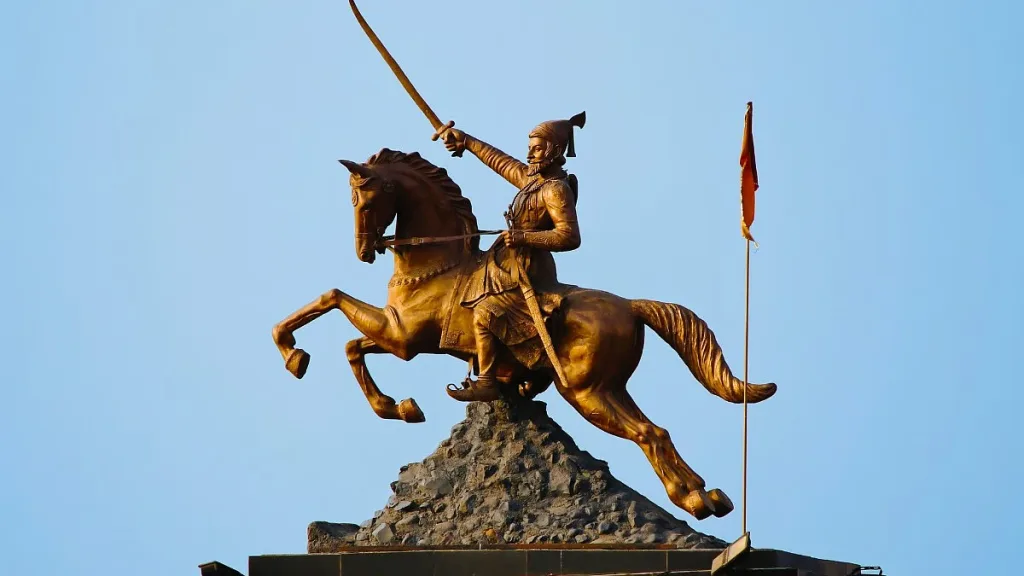
Eight pillars of governance
The Ashta Pradhan (eight ministers) system stood as the cornerstone of his administration, which he formalized during his coronation in 1674. These ministers carried specific duties:
- Peshwa (Prime Minister): Overall administration
- Amatya: Finance and accounts
- Sachiv: Royal correspondence
- Mantri: Intelligence and diplomacy
- Senapati: Military command
- Sumant: Foreign affairs
- Panditrao: Religious matters
- Nyayadhish: Justice administration
Religious tolerance policies
Shivaji’s governance championed religious inclusivity. He safeguarded places of worship of all faiths and appointed Muslim leaders to significant positions. Daulat Khan and Darya Sarang served as his naval advisors. His administration issued clear directives to all forces about respecting religious establishments.
Naval development
Shivaji’s naval vision took shape through careful strategic planning. His fleet included two distinct categories: merchant vessels (Machwas, Shibads, Padavs) and warships (Gurabs, Galbats, Mahagiris). The navy grew to 85 ships with 5,000 sailors by 1665. The fleet’s structure showed excellent organization with two subhas (divisions). Each division contained five Gurabs and 15 Galbats. The naval force secured trade routes effectively, protected ports, and challenged European dominance along the Konkan coast.
Conclusion
Chhatrapati Shivaji Maharaj’s legacy is proof of exemplary leadership that reshaped Indian warfare and governance. His rise from Shivneri Fort to building the mighty Maratha Empire reveals strategic brilliance that history rarely witnesses.
The revolutionary fort system of over 240 strongholds proved crucial to secure and expand territorial control. His military genius emerged through guerrilla warfare tactics, and the Ashta Pradhan system showed his administrative excellence. Shivaji Maharaj’s principles of religious tolerance and justice built an inclusive empire that thrived long after his time.
Shivaji Jayanti 2025 celebrates 395 years since this legendary warrior king’s birth, yet his ideals of Swarajya and effective governance stay relevant today. His story inspires millions and reminds us that visionary leadership with steadfast dedication can overcome any challenge.
FAQs
Q1. Who is considered India’s greatest warrior king?
Chhatrapati Shivaji Maharaj is widely regarded as India’s greatest warrior king. He founded the Maratha Empire in the 17th century, challenging the mighty Mughal Empire and establishing a legacy that inspired generations of Indians.
Q2. When is Chhatrapati Shivaji Maharaj Jayanti celebrated in 2025?
Chhatrapati Shivaji Maharaj Jayanti in 2025 will be celebrated on February 19th, marking the 395th birth anniversary of the legendary Maratha king.
Q3. What were some of Shivaji Maharaj’s key military strategies?
Shivaji Maharaj was known for his innovative guerrilla warfare tactics, called ‘Ganimi Kawa’. He utilized the mountainous terrain effectively, employed swift surprise attacks, and developed a strong naval force to protect coastal regions.
Q4. How did Shivaji Maharaj approach governance and administration?
Shivaji Maharaj implemented the Ashta Pradhan system, consisting of eight ministers with specific responsibilities. He also promoted religious tolerance, protected places of worship regardless of faith, and appointed leaders based on merit rather than religion.
Q5. What was Shivaji Maharaj’s contribution to India’s naval power?
Shivaji Maharaj is often referred to as the ‘Father of the Indian Navy’. He developed a strong naval fleet, built coastal fortifications, and secured trade routes along the western coast of India, challenging European dominance in the region.



